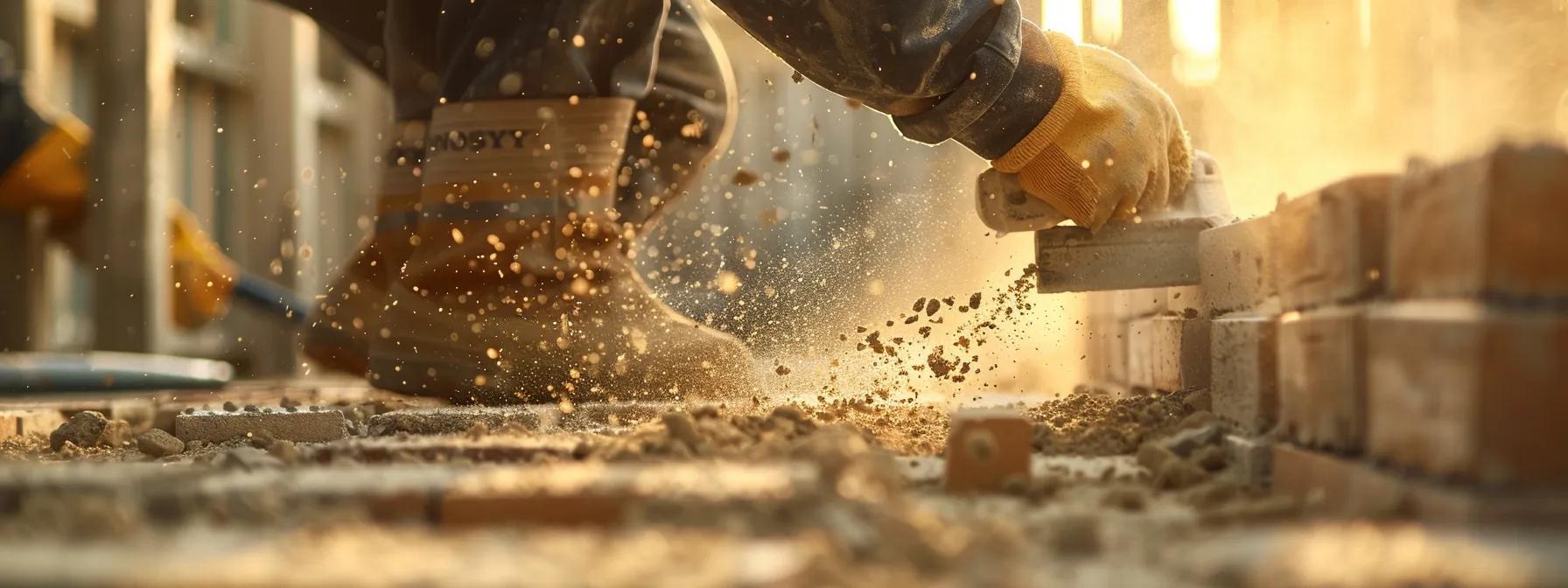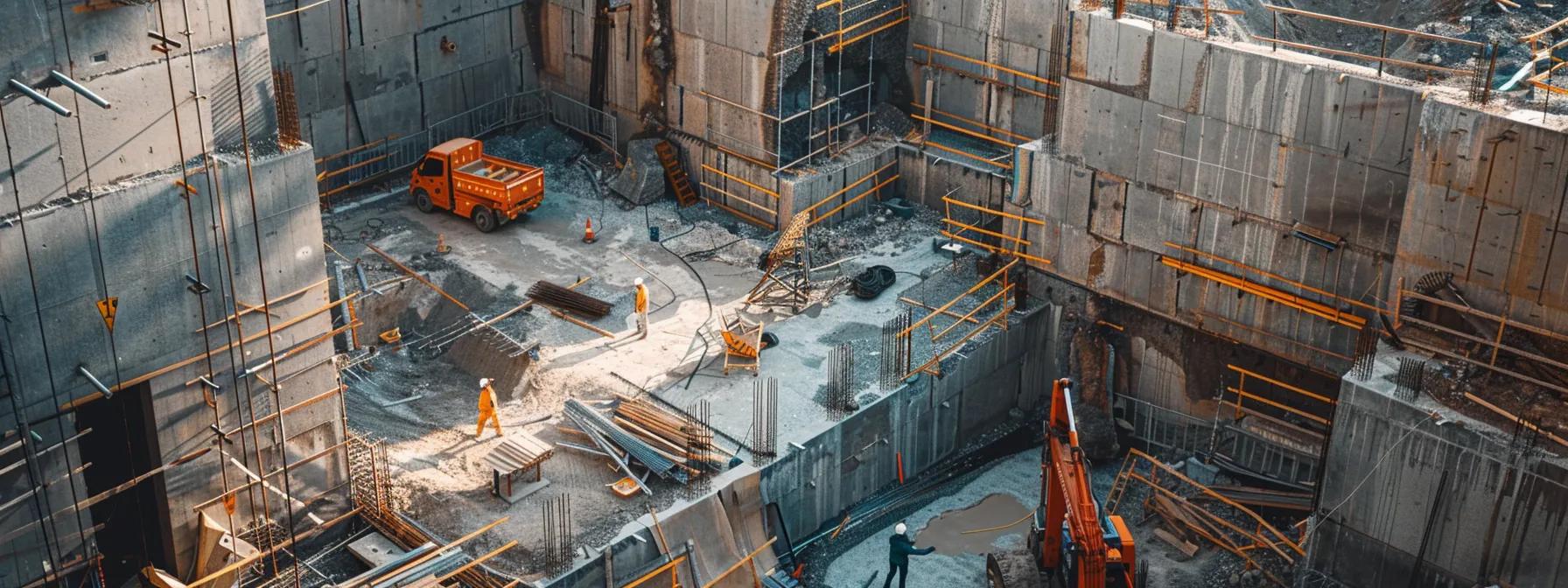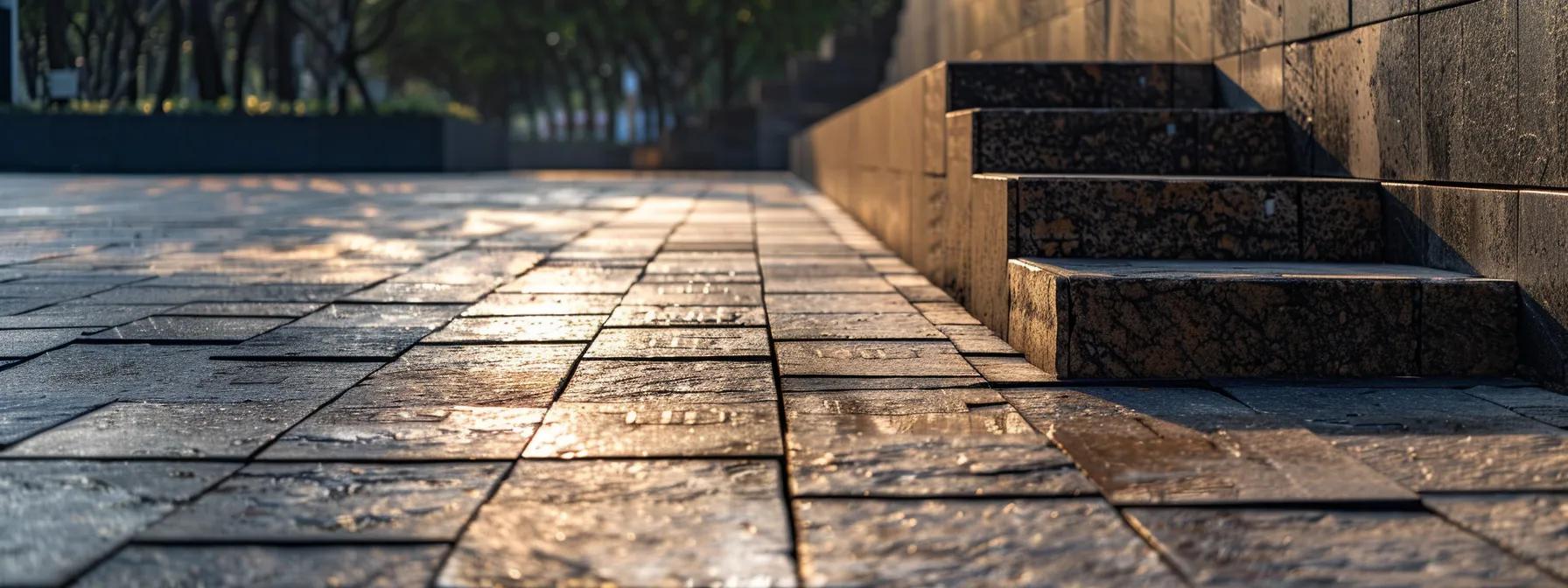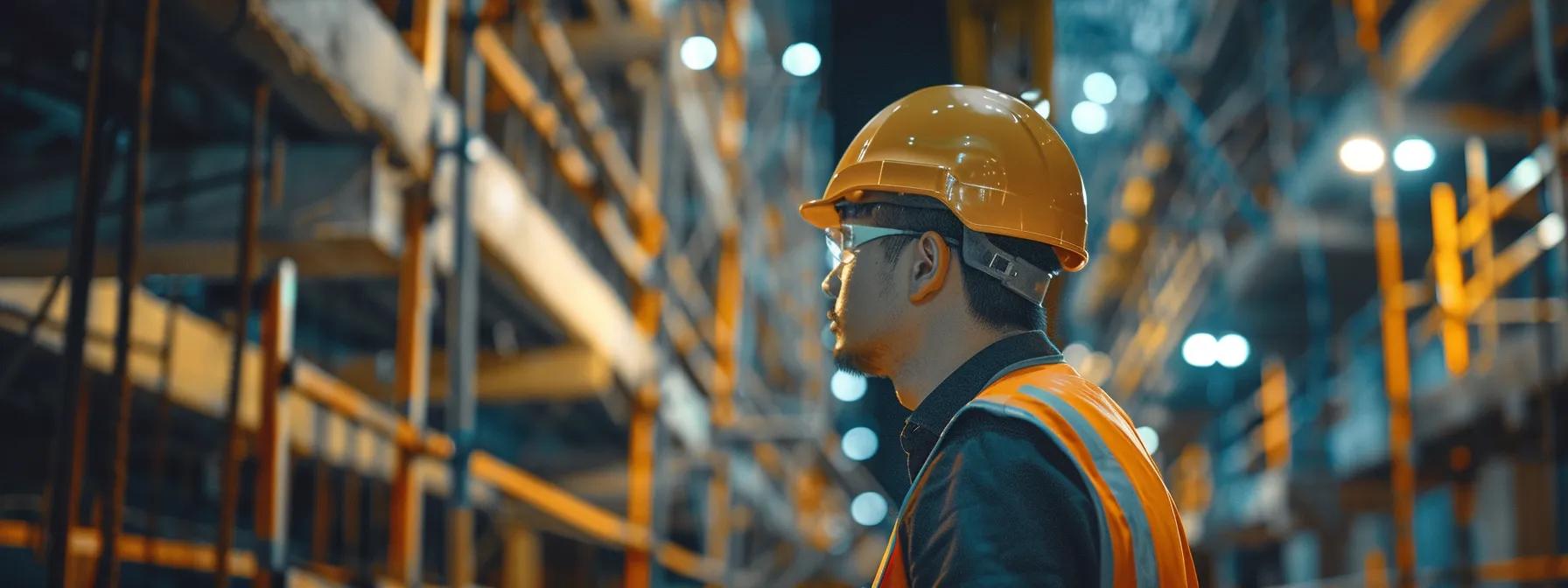Welcome to our Blog
The Brainerd Boulders Blog

Cost Considerations for Your Retaining Wall Project
How to Build a Retaining Wall: Complete Guide to Materials, Costs, and Techniques
Retaining walls are essential landscape structures that prevent erosion, manage soil on steep slopes, and enhance outdoor appeal. This guide provides an overview of retaining wall materials, construction techniques, design considerations, costs, installation processes, maintenance tips, and local regulations to help you choose the best solution for your lateral earth pressure type, design needs, and budget. With comparisons, step-by-step advice, and tables of key factors like cost and durability, this article is a trusted resource for homeowners and professionals alike.
What Are the Best Materials for Retaining Walls?
Retaining wall materials vary in durability, cost-effectiveness, and environmental impact. Consider each material’s ability to withstand lateral earth pressure, resist groundwater issues, and suit your landscape design. Options include durable concrete block or precast concrete as well as natural stone or geogrid for a more organic appearance.
Which Types of Retaining Wall Materials Are Most Durable and Cost-Effective?
Common options include:
Concrete walls (custom cast or precast) known for high compressive strength, minimal maintenance, and long lifespan.
Stone walls that offer natural aesthetics and weather resistance but may incur higher labor costs.
Wood walls, which are economical but require more frequent maintenance due to rot or insect damage.
Modular block walls that combine durability with ease of installation via interlocking units, including retaining wall.
Concrete and modular blocks are popular for balancing long-term durability with cost efficiency.
How Do Concrete, Stone, Wood, and Modular Blocks Compare?
In terms of strength, lifespan, aesthetics, and cost:
Concrete walls can last 80–100 years when properly maintained and are highly resistant to environmental pressures.
Stone walls are attractive and blend with nature but often need skilled labor.
Wood walls usually last 10–20 years and need periodic replacement.
Modular blocks offer a middle ground with ease of assembly and reasonable longevity.
Studies indicate that reinforced concrete blocks can cut maintenance costs by up to 30% over 20 years compared to traditional stone walls.
What Are Sustainable and Eco-Friendly Retaining Wall Material Options?
Eco-friendly materials include recycled concrete aggregate, reclaimed stone, and sustainably harvested wood with eco-safe preservatives. Gabion walls—wire baskets filled with rock—or mechanically stabilized earth (MSE) walls using recycled geogrid reinforcement offer effective drainage and reduce environmental impact by minimizing soil disturbance and energy use. services.
How to Choose the Right Material Based on Soil and Design Needs?
Material choice should consider soil load-bearing capacity, drainage, aesthetics, and budget. Heavy clay with high pore water pressure may require reinforced concrete with steel, while well-drained sandy soils might work well with stone veneer combined with proper backfill. Consulting local experts or retaining wall contractors near me for a geotechnical assessment is always recommended.
What Are the Most Effective Retaining Wall Construction Techniques?

Construction techniques ensure the wall safely interacts with soil and endures environmental forces. The approach depends on wall type, materials, lateral earth pressure characteristics, and expected lateral loads, while addressing essential drainage and frost protection concerns.
How Do Gravity, Cantilever, and Anchored Walls Differ?
Gravity walls rely on mass and are suitable for low to moderate heights.
Cantilever walls use a reinforced stem and base slab to offset lateral forces, allowing taller structures.
Anchored walls include cables or tiebacks embedded in the soil for extra stability in high-pressure areas.
Cantilever systems are common in residential settings, whereas anchored walls are preferred for more challenging or commercial conditions.
What Are Step-by-Step Installation Tips for Each Technique?
For gravity walls, start by excavating a level base and pouring a reinforced footing. Build the wall in layers, ensuring each course is level with proper backfill.
Cantilever walls require careful rebar placement in the stem and footer with gradual backfill compaction and adequate drainage.
Anchored walls need precise placement and tensioning of tiebacks in pre-drilled soil holes. Always use a mallet for minor adjustments and a chisel for fine tuning. Incorporate geogrid reinforcement on retaining wall to enhance stability.
How Can DIY Retaining Wall Techniques Ensure Safety and Longevity?
DIY projects can succeed if homeowners follow proper excavation depths, maintain wall alignment, and integrate drainage solutions. Precast blocks or modular systems simplify installation due to interlocking designs that distribute lateral forces. However, professional consultation is advised for taller or complex walls, especially in unknown geotechnical engineering conditions. Using appropriate tools such as drills for securing rebar and trenches for drainage is essential for long-lasting construction. services
What Tools and Supplies Are Needed for Retaining Wall Construction?
Essential tools include shovels, picks, mallets, chisels, and levels. For the foundation, you’ll need concrete mixers, rebar cutters, and wheelbarrows for transporting materials like concrete, crushed stone, and gravel . Safety gear (gloves, eye protection, hard hats), landscape fabric, and drainage pipes are also important. Proper tool preparation ensures safe execution from excavation to final.
How Much Does It Cost to Build a Retaining Wall?
Cost depends on material, wall height, length, design complexity, and labor rates. Factors such as excavation, drainage, permits, and finishing touches also add to expenses. Knowing helps budget your project effectively.
What Are the Typical Material Costs for Different Retaining Wall Types?
Concrete blocks or modular units: approximately $15–$30 per square foot.
Natural stone: around $20–$50 per square foot, depending on quality and availability.
Wood: generally lower-cost but with higher long-term maintenance expenses.
Gabion walls: typically $25–$35 per square foot.
Cost effectiveness hinges on balancing durability, maintenance needs, and aesthetic appeal.
How Do Labor and Permitting Fees Affect Total Project Cost?
Labor costs can be high, with average rates from$50 to$100 per hour, and experienced href="https://brainerdboulders.com/hardscaping-services/"> retaining wall contractors near me ensure work is code compliant and durable. Permitting fees vary by locality and may add several hundred dollars. Although professional installation might be more expensive upfront, it enhances long-term reliability and reduces future maintenance costs.
How Can You Estimate Retaining Wall Costs Per Linear Foot?
A rough cost estimate by linear foot ranges:
Simple gravity wall: roughly $30–$75 per foot.
More complex cantilever or anchored wall: approximately $80–$150 per foot.
These calculations include materials, labor, and additional expenses like drainage and.
What Are Budget-Friendly Options for Retaining Wall Construction?
For tight budgets, consider DIY modular block systems, low-cost materials like treated wood, or recycled concrete. Simple designs that minimize excavation and reduce complex drainage systems can significantly lower costs. Pre-engineered systems with clear instructions may be ideal for those with basic landscaping skills, including retaining wall.
How to Design a Retaining Wall for Stability and Aesthetics?

Designing an effective retaining wall requires balancing stability with visual appeal. Begin by assessing the soil type, required wall height, and lateral earth pressures. Your design should harmonize with the overall landscape while providing reliable structural support.
What Are Key Design Considerations: Height, Slope, and Load?
Important factors include:
Wall height: taller walls need reinforcement like tiebacks or cantilever supports.
Slope: a slight batter towards the retained soil improves stability.
Load: consider soil weight, surcharge loads from nearby structures or vehicles, and dynamic forces like wind or seismic activity.
Geotechnical engineering helps accurately calculate these elements for safe design.
How Does Soil Type Influence Retaining Wall Design?
Soil properties affect design:
Clay soils have high cohesion but poor drainage and may need enhanced waterproofing and drainage.
Sandy soils drain well but often require deeper foundations or additional reinforcement.
A soil test is advisable to properly determine bearing capacity and design parameters.
What Drainage Solutions Prevent Retaining Wall Failure?
Effective drainage is critical to avoid water buildup that increases pore water pressure. Common solutions include:
Perforated drainage pipes and gravel backfill.
Weep holes distributed along the wall.
Drainage mats or geotextiles to allow water flow while keeping soil stable.
A slight wall slope can also help direct excess water away from the structure.
What Are Popular Retaining Wall Design Ideas for Different Landscapes?
For a garden or patio, natural stone walls can integrate seating or planter boxes. In commercial settings, sleek modular or concrete walls with lighting can create a modern look. Creative ideas include layering gabions or mixing materials for visual contrast, and integrating water features to enhance appeal, such as a lateral earth pressure .
How to Install Different Materials: Concrete, Stone, Wood, and Blocks?
Installation varies by material. Typically, you begin by excavating a strong footing with a compacted base of crushed stone or gravel. Then, build the wall in measured courses using methods suited to each material:
Concrete blocks use interlocking systems and masonry adhesive.
Stone walls rely on gravity and precise fitting with minimal mortar.
Wood walls require pressure-treated timbers and secure anchoring.
Modular systems are pre-engineered for ease of stacking and reinforcement.
How to Prepare the Site: Excavation and Footings Explained?
Site preparation involves:
Marking the area and excavating to a level, stable base.
Digging a trench to the required depth for the footing, which must reach firm soil.
Pouring reinforced concrete to form a solid foundation that evenly distributes loads, which must account for lateral earth pressure.
What Are Best Practices for Backfilling and Compaction?
After wall construction, backfill in layers using granular material like crushed stone or gravel. Each layer should be compacted with a mechanical compactor. Installing landscape fabric and drainage pipes or weep holes prevents water accumulation and subsequent lateral earth pressure movement.
How to Install Different Materials: Concrete, Stone, Wood, and Blocks?
For concrete block walls, lay a level course on the footing, ensuring each block is plumb before adding the next. Stone walls require careful selection and fitting of individual stones with minimal mortar. Wood walls use treated timbers anchored securely in the footing. Modular block systems are assembled by stacking interlocking units with joint reinforcement and proper retaining wall .
How to Ensure Compliance With Local Building Codes and Permits?
Before construction, verify that your design meets local building codes. This typically involves submitting engineering drawings, geotechnical engineering tests, and detailed plans to local authorities. Hiring qualified wall contractors near me can help ensure proper permitting and adherence to zoning laws and safety standards.
How to Maintain and Repair Retaining Walls for Long-Term Durability?

Regular maintenance prolongs a wall’s life. Weathering, water absorption, and lateral earth pressure movement can cause structural issues. Routine inspections help detect cracks, bulges, and shifting early on. Preventive measures include regular drainage maintenance, periodic backfill compaction, and prompt resealing of vulnerable areas built by a retaining wall .
What Are Common Signs of Retaining Wall Damage?
Look for:
Visible cracks or gaps in the wall.
Bulging or leaning sections.
Water seepage or pooling near the base.
Uneven settling or exposed rebar in masonry walls.
Early detection allows for timely repairs to prevent costly failures.
How to Prevent Retaining Wall Failure Through Regular Maintenance?
Maintain your wall by:
Regularly clearing and inspecting drainage systems such as weep holes.
Compacting backfill and repairing small cracks promptly.
Applying waterproof sealants to wood and masonry surfaces.
Keeping vegetation away from the wall’s structure.
What Are Effective Repair Techniques for Different Wall Materials?
Repair methods vary:
For concrete blocks, use high-strength epoxy or mortar to fill cracks.
For stone walls, reset dislodged stones and reapply mortar.
For wood, replace damaged timbers or reinforce them with additional bracing.
For modular and gabion walls, secure loose blocks and replenish backfill as needed.
Always consider hiring a professional retaining wall contractor for extensive repairs.
When Should You Consult a Retaining Wall Contractor?
Professional help is needed if you observe significant leaning, large fissures, or pooling water that threatens wall stability. Upgrades or modifications to meet updated building codes also warrant consultation to ensure repairs are executed safely and effectively.
What Local Regulations and Permits Are Required for Retaining Wall Construction?
Local rules typically require adherence to zoning, structural, and environmental guidelines. Homeowners must submit detailed plans, engineering drawings, and soil studies to obtain permits. Failing to secure the proper permits can result in fines or costly modifications later.
How to Navigate Building Codes for Retaining Walls in Your Area?
Research municipal requirements related to maximum wall heights, setback distances, drainage, and reinforcements. Consulting a local retaining wall contractor or landscape architect can simplify the process, as they assist with documentation and permit applications using information available on local government websites. Lateral earth pressure.
What Is the Permitting Process for Retaining Wall Projects?
Typically, you must:
Submit detailed construction plans, soil analysis, and engineering calculations.
Have your plans reviewed for compliance with safety and zoning requirements.
Revise plans if needed, and, upon approval, pay permit fees.
Ensure construction follows the approved plans as confirmed by future inspections involving geotechnical engineering.
How to Find Qualified Retaining Wall Contractors Near You?
Find reputable contractors by checking local reviews, referrals from neighbors, and recommendations from building inspectors. Ensure they are licensed, insured, and experienced with local regulations. Always request multiple quotes and verify certifications to establish reliability.
What Are Safety and Environmental Considerations in Retaining Wall Construction?
Safety measures include using proper personal protective equipment and handling heavy materials safely. Structurally, the wall must resist both static and dynamic loads. Environmentally, proper drainage prevents waterlogging and soil erosion. Sustainable practices—like using recycled or reclaimed materials—also reduce environmental impact while ensuring energy-efficient mechanically stabilized earth .
Frequently Asked Questions
Q: What factors should I consider when choosing retaining wall materials? A: Consider material durability, cost-effectiveness, soil type, drainage requirements, and aesthetic integration to ensure stability and design suitability, including geotechnical engineering.
Q: How long does a typical retaining wall last? A: With proper maintenance and effective drainage, retaining walls can last from 50 years (wood and gabion) to over 100 years (natural stone or concrete).
Q: Can I build a retaining wall on my own without professional help? A: DIY projects are feasible for low walls using modular block systems, but taller or more complex walls require professional advice to ensure safety and compliance with building codes.
Q: What are the common causes of retaining wall failure? A: Failure often results from poor drainage, inadequate foundation preparation, and improper backfill compaction. Regular inspections help detect early signs of damage.
Q: How do retaining wall contractors determine project costs? A: Costs are based on linear foot estimates that include material type, wall height, labor rates, excavation, drainage, and permitting fees. Detailed quotes help ensure all factors are considered.
Q: Are there eco-friendly options available for constructing retaining walls? A: Yes, options include reclaimed stone, recycled concrete, gabion walls, and mechanically stabilized earth (MSE) systems with geogrid reinforcement, all of which minimize environmental impact.
Q: What maintenance routine is recommended for ensuring the longevity of a retaining wall? A: Regular seasonal inspections focusing on drainage, checking for cracks or bulges, and lateral earth pressure compaction help prevent significant structural failures.
Final Thoughts
Retaining walls stabilize slopes, prevent erosion, and enhance property appeal. Choosing the right material, design, and geotechnical engineering technique is essential for creating a safe, durable structure. Emphasizing proper drainage, professional installation, and regular maintenance minimizes risks and future expenses. Ultimately, careful planning and consultation with experts help achieve a balance between engineering rigor and aesthetic value.

Working Hours
Mon: 7am - 5pm
Tues: 7am - 5pm
Wed: 7am - 5pm
Thur: 7am - 5pm
Fri: 7am - 5pm
Sat: Closed
Sun: Closed


